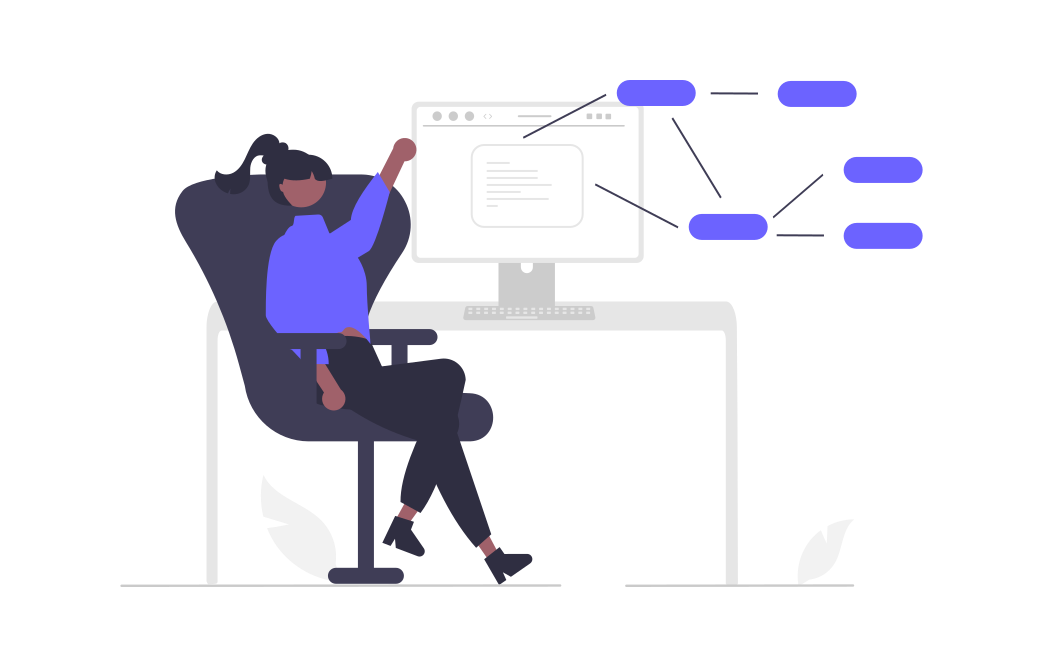Account-Based Marketing (ABM) is traditionally seen as a strategy tailored for B2B companies with high-value accounts and long sales cycles. However, with the rise of Product-Led Growth (PLG) companies, the landscape of ABM is evolving. PLG companies, which focus on driving growth through the product itself rather than through traditional sales channels, face a distinct set of challenges when implementing ABM strategies. In this blog, we’ll explore these challenges and provide actionable solutions to help PLG companies succeed with ABM.
Understanding the PLG and ABM Intersection
Product-Led Growth companies prioritize the product as the primary driver of acquisition, conversion, and expansion. This model relies heavily on user experience, self-service, and a low-touch approach to onboarding new customers. In contrast, ABM is a high-touch strategy that involves personalized outreach to a select group of high-value accounts.
At first glance, PLG and ABM might seem at odds—one focusing on scalability and low friction, the other on deep personalization and targeted engagement. However, when executed correctly, ABM can significantly enhance a PLG strategy by focusing efforts on high-value users who are most likely to convert into paying customers or expand their usage.
Unique Challenges for PLG Companies in ABM
1. Identifying High-Value Accounts Early
In traditional ABM, high-value accounts are identified based on firmographics, intent data, and historical sales data. However, in a PLG model, users often sign up for a product with minimal initial interaction, making it difficult to immediately identify high-value accounts.
Solution: Leverage product usage data to identify potential high-value accounts. Early indicators such as feature adoption rates, frequency of use, and user engagement can help pinpoint accounts with the highest potential. Implementing AI-driven analytics can also assist in recognizing patterns that correlate with account expansion opportunities.
2. Balancing Low-Touch and High-Touch Engagement
PLG thrives on low-touch engagement, allowing users to experience the product without extensive sales involvement. ABM, on the other hand, often requires high-touch, personalized outreach. Striking a balance between these two approaches can be challenging.
Solution: Use tiered ABM strategies to align with different stages of the customer journey. For accounts showing strong engagement and potential, a more personalized, high-touch approach can be introduced gradually. Meanwhile, automation and scalable personalization can be used for broader outreach, ensuring that engagement remains relevant without overwhelming the user.
3. Aligning Marketing and Product Teams
For ABM to be effective in a PLG environment, there must be seamless alignment between marketing and product teams. This alignment ensures that marketing efforts are informed by real-time product data, and that product features and messaging are tailored to the needs of high-value accounts.
Solution: Establish cross-functional teams that include members from both marketing and product departments. Regular communication and shared KPIs can help maintain alignment, ensuring that both teams are working towards the same goals. Additionally, utilizing integrated platforms that combine marketing automation with product analytics can streamline this collaboration.
4. Navigating Self-Service Models with ABM
PLG companies often offer a self-service model where users can sign up and start using the product independently. This model can make it difficult to justify ABM investments, which traditionally involve significant time and resources for personalized outreach.
Solution: Focus ABM efforts on converting free-tier users or trial users into paying customers. By using product usage data, companies can identify users who are ready for upsell or cross-sell opportunities. Personalized content and targeted campaigns can be used to guide these users through the decision-making process, highlighting the value of upgrading their plan or adding additional features.
5. Scaling ABM in a PLG Environment
PLG models often involve a large volume of users, which can make scaling ABM efforts challenging. Traditional ABM approaches that involve manual research and outreach aren’t feasible at scale.
Solution: Implement technology solutions that enable scalable ABM. AI and machine learning tools can automate account identification, content personalization, and outreach processes, allowing companies to scale their ABM efforts without sacrificing personalization. These tools can also provide insights into which accounts are most likely to benefit from a high-touch approach, enabling more efficient resource allocation.
Tailoring ABM for PLG Success
To successfully integrate ABM into a PLG model, companies must rethink traditional approaches and adapt them to the unique dynamics of a product-led strategy. This requires a deep understanding of product usage data, close collaboration between marketing and product teams, and the use of scalable technology solutions.
By addressing the challenges outlined above and implementing the suggested solutions, PLG companies can leverage ABM to not only drive revenue growth but also enhance customer loyalty and long-term engagement. The key lies in balancing the scalability of PLG with the personalized touch of ABM, creating a powerful strategy that maximizes the strengths of both approaches.


